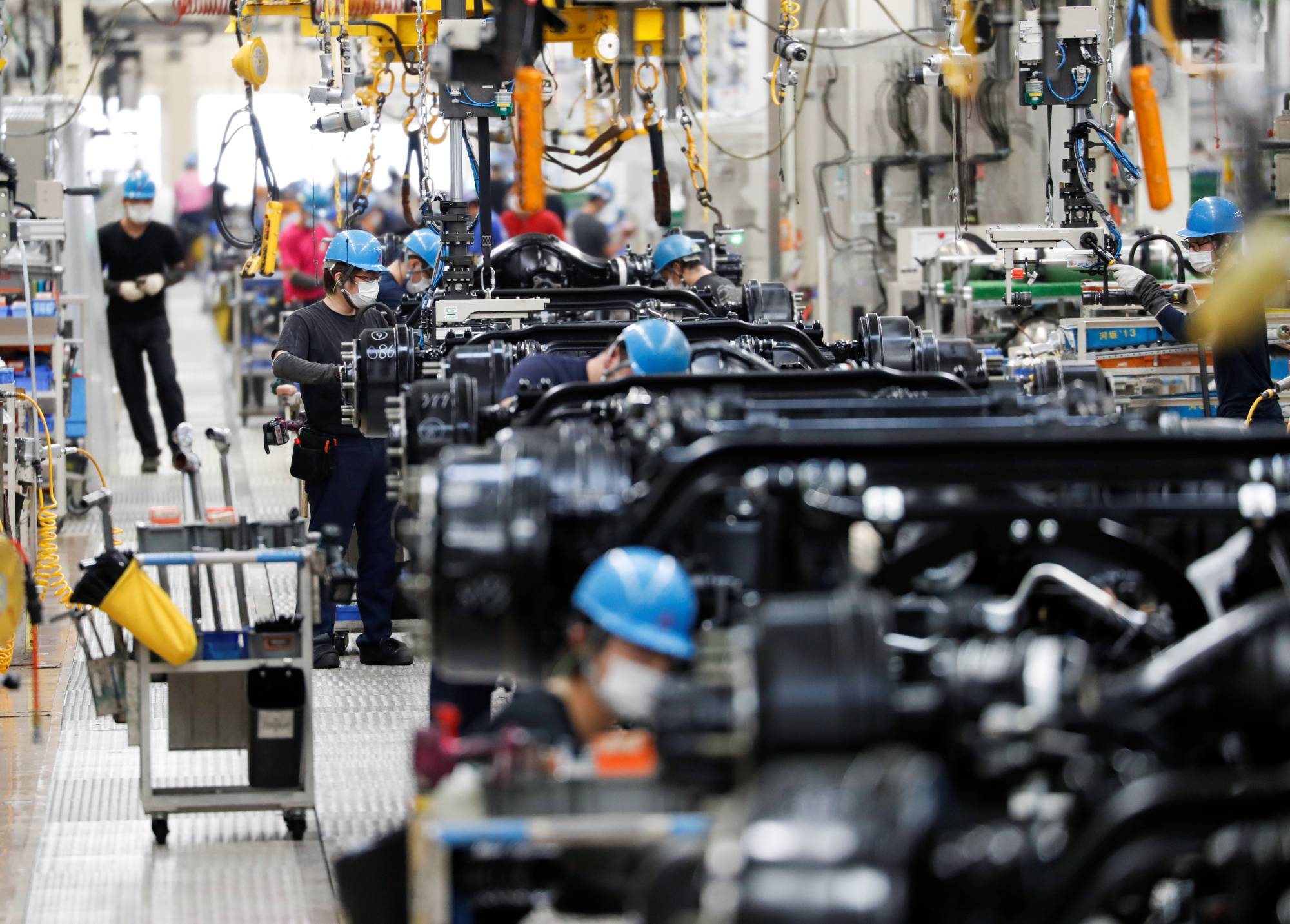Honda Motor’s announcement in June last year that it will shut down its powertrain production unit in the city of Moka, Tochigi Prefecture, in 2025 came as a surprise to Keita Aoki.
Japan’s second-largest automaker by sales had already declared that it would end production of brand new gasoline-powered vehicles by 2040 as part of its fight against climate change, so the head of Moka-based Aoki Symtech knew that this would happen eventually.
But it came much faster than Aoki expected.



















With your current subscription plan you can comment on stories. However, before writing your first comment, please create a display name in the Profile section of your subscriber account page.